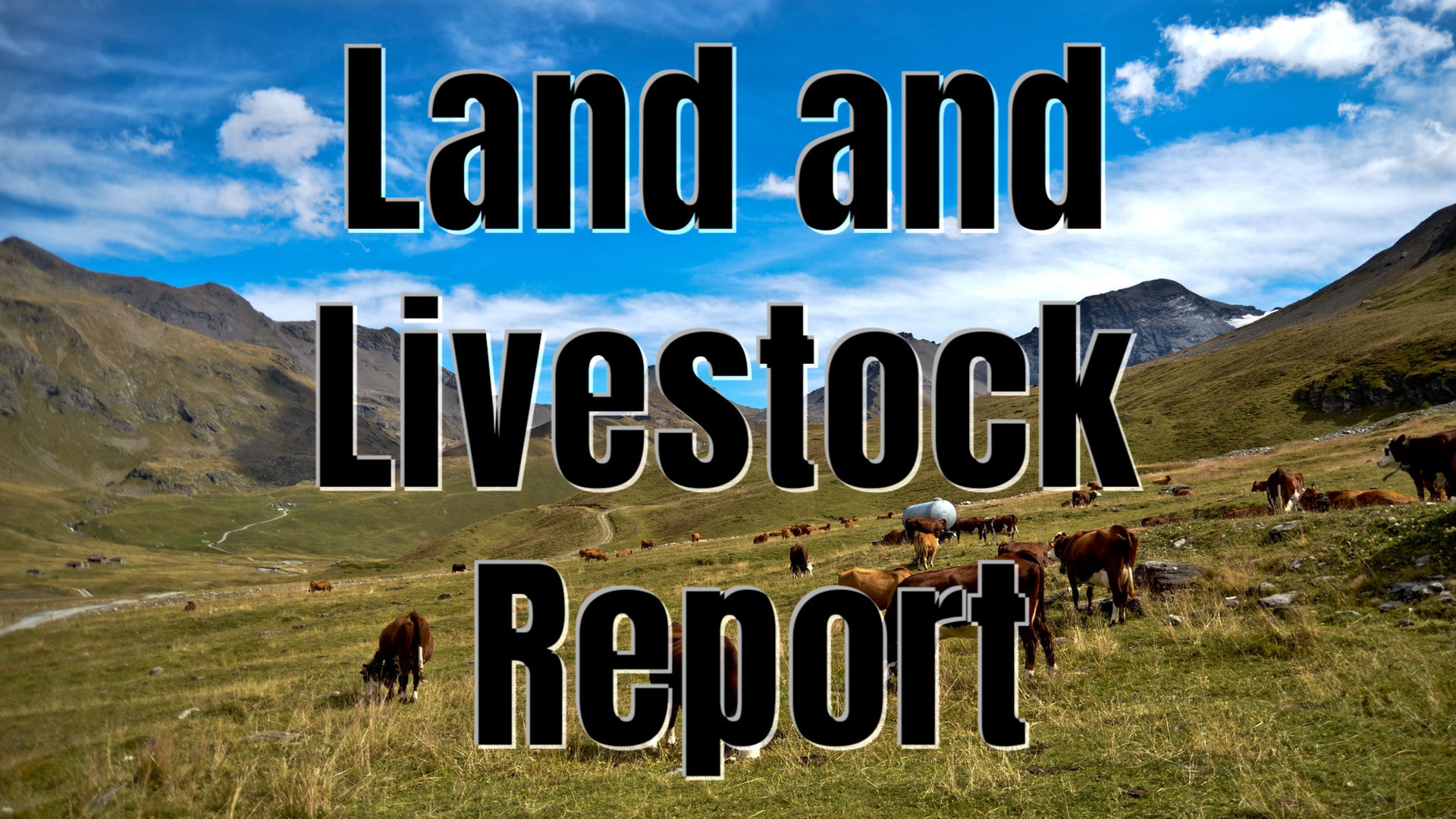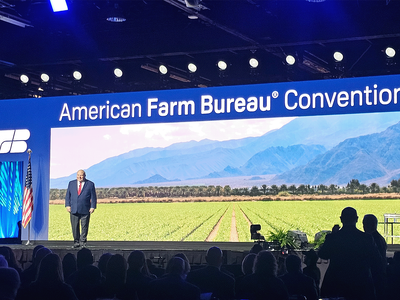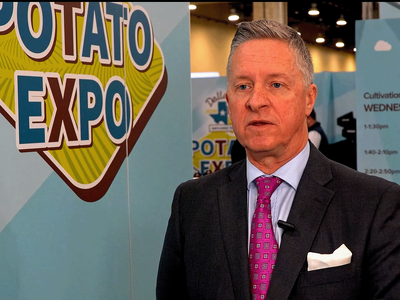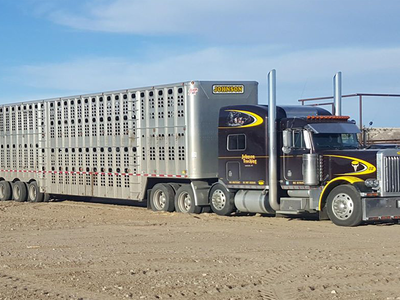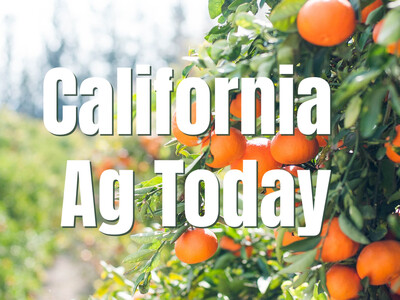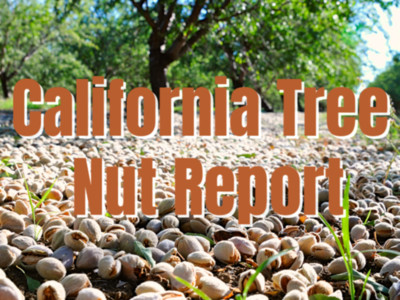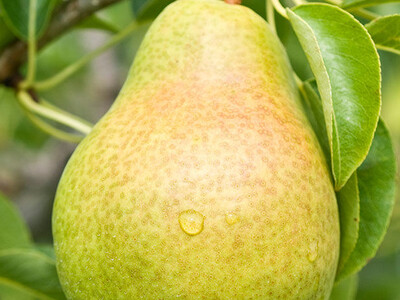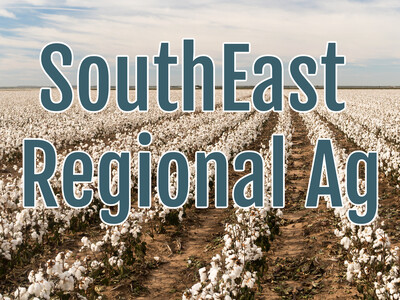A Look Back at the U.S. Hay Market Over the Last 100 Years
Hay is the 3rd largest U.S. crop in terms of harvest acres. It also provides environmental services, notably erosion control. Understanding the U.S. hay market is therefore important for both market and policy reasons.This Drovers article written by Carl Zulauf with Ohio State University examines the U.S. hay market since 1919, or when the U.S. Department of Agriculture, National Agricultural Statistical Service began to report data separately for alfalfa hay.
Production
Harvested tons of all hay trended higher during most of the 20th Century, but lower during the 21st Century (see Figure 1). Tons of alfalfa increased from the late 1930s until the mid-1980s, but has declined since. In contrast, tons of non-alfalfa trended erratically lower from 1919 until the early 1960s, but erratically higher since.
Harvest Acres
All hay acres peaked at 78 million in 1944 (see Figure 2). Declines have been particularly large from 1955 through 1970 and post 2002. Alfalfa acres increased until 1957, reaching 30 million; then remained stable until the late 1970s. Since 1979, alfalfa acres have declined 37% while non-alfalfa acres have increased 12%, resulting in alfalfa's share of all hay acres declining from 45% to 31%.
Yield
Yields of alfalfa and non-alfalfa hay both trended higher during periods that spanned only one-third of the last 100 years: from 1950 until the mid-1980s for alfalfa and from 1965 until the mid-1990s for non-alfalfa (see Figure 3). Yield of all hay increased prior to 1950 but this increase was due to hay acres shifting into higher yielding alfalfa (see Figures 2 and 3)
Analysis of Harvest Acres
To keep the analysis simple, harvest acres of all hay over time are examined as a function of the ratio of the price of all hay to corn and the ratio of the yield of all hay to corn. Price and yield are variables commonly expected to impact acres of a crop. A ratio to corn is used because most acres can be planted to alternative crops and because corn is often considered the core American field crop. Since the focus of this analysis is on longer term trends, values of the variables are averaged over 10 years to reduce the impact of a single year. The analysis is constrained to the period since 1973 due to the major changes in U.S. prices, markets, and policy that occurred in the early 1970s. Values of the 3 variables used in this analysis are presented in Figure 4.
A regression analysis finds the price and yield ratios are both significant at the 99% level of statistical confidence. As expected, both ratios have a positive coefficient (see Figure 5). Assuming everything else is constant, the higher is the yield of all hay relative to the yield of corn and the higher is the price of all hay relative to the price of corn, the more favorable is the situation to produce hay. Taken together, the 2 ratios explain 63% of annual variation in the 10-year average of all hay harvest acres.
Here is the link to the full article with information grpahics: https://www.drovers.com/article/look-back-us-hay-market-over-last-100-years?fbclid=IwAR0GdiGI0L4RF7H-nk2ALj7EE0dEY8XFMskR0WgrGnVGJ40p4QYKTs_Br_8
Source: Drovers


